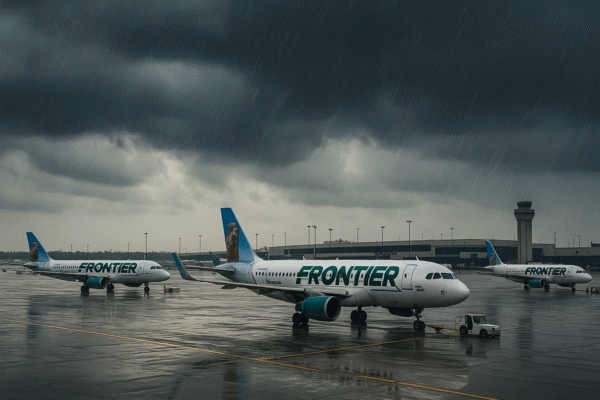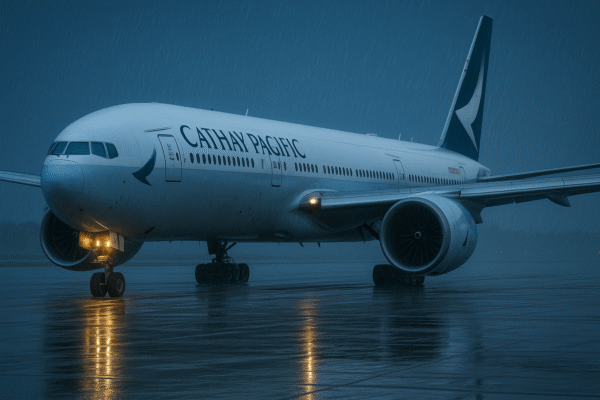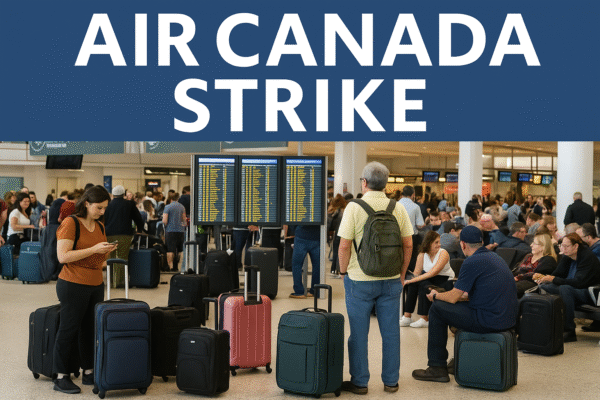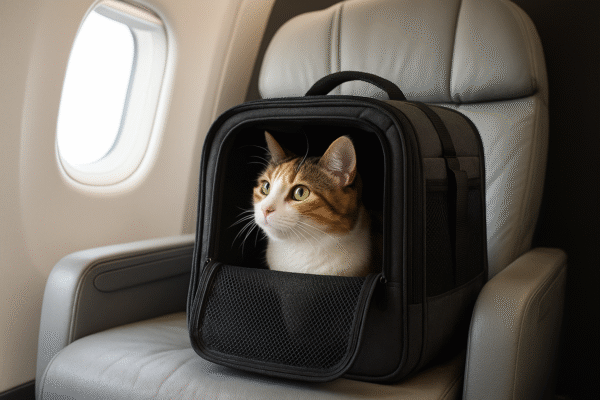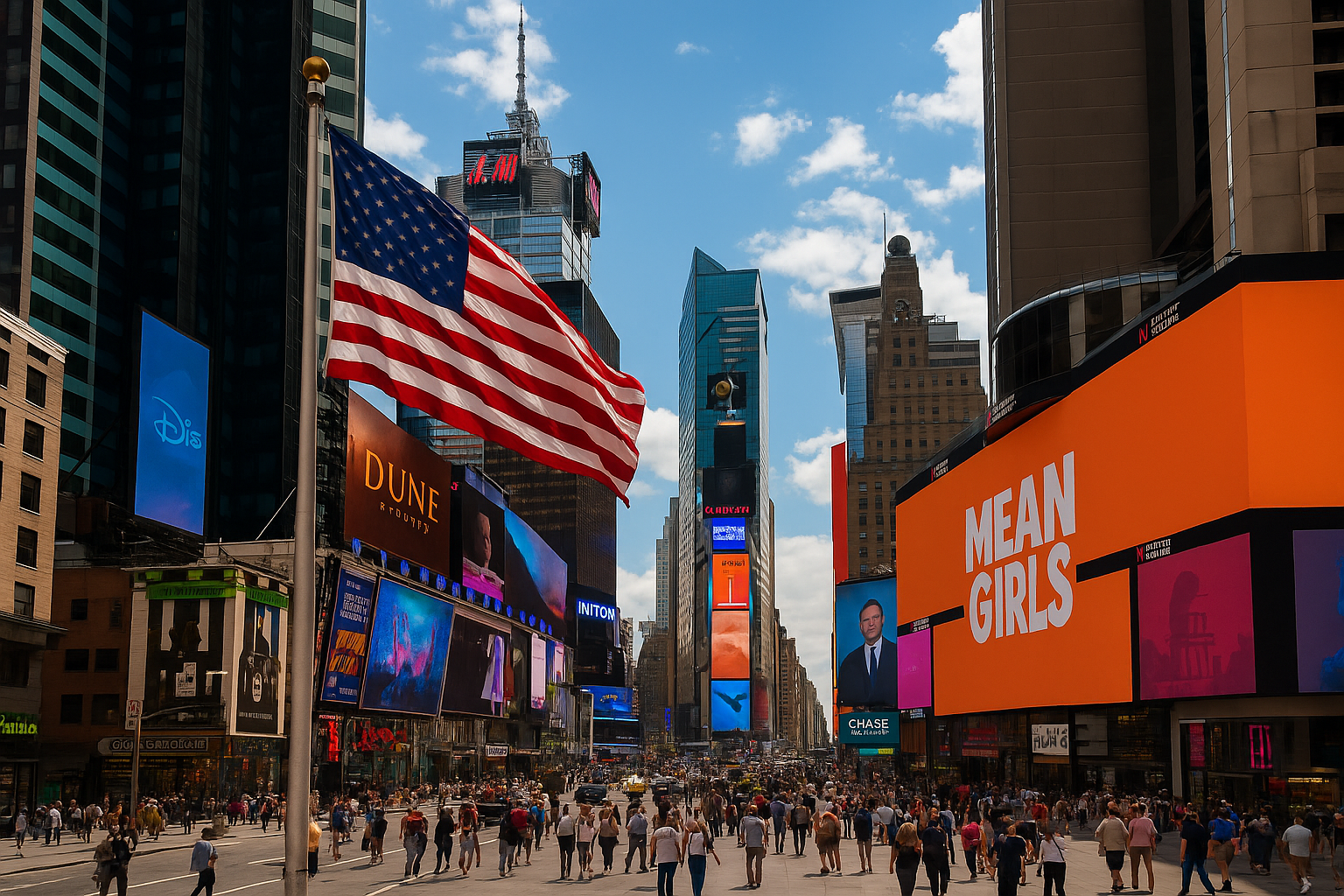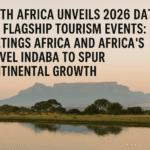U.S. Faces $30 Billion Tourism Loss if Brand USA Defunded, Experts Warn
Tourism leaders across the United States are voicing urgent concerns over a proposed federal budget cut that could defund Brand USA, the nation’s official destination marketing organization. Industry experts say the move threatens to derail the recovery of the U.S. tourism sector, risking tens of billions in lost international visitor spending, millions of American jobs, and long-term economic damage to cities and small communities alike.
Brand USA: Driving Tourism and Economic Impact
Established by the Travel Promotion Act of 2009, Brand USA operates as a public-private partnership designed to promote the United States as a premier travel destination for international visitors. Since its launch, it has played a crucial role in enhancing the country’s global tourism brand through strategic digital campaigns, trade partnerships, and media collaborations.
According to the U.S. Travel Association, Brand USA has generated more than $56 billion in economic impact and welcomed 8 million incremental international visitors to the U.S. over the last decade. Crucially, Brand USA operates at no cost to taxpayers, funded through ESTA fees collected from visa-waiver travelers and matched by private-sector contributions.
Billions at Risk Amid Growing Global Competition
Industry modeling by Oxford Economics shows that defunding Brand USA could lead to a 30% decline in inbound visitor growth, resulting in an estimated $30 billion loss in tourism-related revenue over the next five years. At stake is America’s global market share in a hyper-competitive tourism economy.
“While countries like France, Canada, and Australia are investing heavily in their destination branding, the U.S. is contemplating cutting off its most effective promotional tool,” said Geoff Freeman, CEO of the U.S. Travel Association. “It’s a costly mistake with long-term consequences.”
The warning comes as global travel demand rebounds post-COVID. According to the UN World Tourism Organization (UNWTO), international tourist arrivals worldwide are expected to return to pre-pandemic levels in 2025, increasing competition for market share.
Small Towns and Local Economies Most at Risk
Brand USA’s reach extends beyond major U.S. gateways like New York City, San Francisco, and Miami. Its campaigns help promote small towns, scenic byways, national parks, and culturally rich regions that rely on international tourism but lack the resources to promote themselves abroad.
Brand USA’s “United Stories” and “See What’s Possible” initiatives have elevated lesser-known destinations like the Texas Hill Country, Vermont’s Green Mountains, and Idaho’s wilderness trails. Defunding the program could effectively silence these communities on the international stage.
“These are places where one or two group tours a week can keep an entire town employed,” said Chris Thompson, President and CEO of Brand USA. “Without national marketing support, these regions face an uphill battle to stay competitive.”
Tourism Jobs in Jeopardy
Tourism is one of America’s most labor-intensive industries. In 2024 alone, international visitors supported over 1.2 million U.S. jobs, from hotel workers and chefs to attraction staff and transport providers.
The loss of marketing support could lead to sharp reductions in international visitor arrivals—putting tens of thousands of jobs at risk, especially in hospitality and travel services. In states like Florida, Nevada, and Hawaii, where international tourism accounts for a large portion of the economy, the impact would be severe.
A recent Oxford Economics analysis estimated that a $1 million cut in Brand USA funding could cost the U.S. economy $40 million in lost economic output and more than 300 travel-related jobs.
Marketing America to the World
Brand USA’s marketing model is widely regarded as cost-effective and results-driven. Its strategic outreach spans digital advertising, travel trade partnerships, social media campaigns, and immersive experiences like giant-screen films and virtual reality content that showcase the American travel experience.
Target markets include high-spending travelers from countries such as the United Kingdom, India, Germany, Japan, Canada, and Brazil. The campaigns are multilingual and localized to meet cultural preferences, traveler motivations, and seasonal behaviors.
“Brand USA speaks to travelers in their own languages and meets them where they are—whether it’s through mobile video in Seoul or Instagram in São Paulo,” said Caroline Beteta, CEO of Visit California.
Soft Power and Cultural Diplomacy
Beyond economics, Brand USA also contributes to public diplomacy, offering a welcoming narrative of American diversity, innovation, and hospitality. Travel exchanges increase mutual understanding and strengthen diplomatic relations through people-to-people engagement.
“Every visitor becomes an ambassador,” noted Beteta. “They return home with stories of American generosity, freedom, and creativity. Losing that soft power would be an invisible cost we can’t afford.”
Conclusion: A Critical Crossroads for U.S. Tourism
As the federal government debates budget priorities for 2025, tourism advocates argue that maintaining Brand USA funding is a sound investment in national prosperity. The travel and tourism sector generated over $2.3 trillion in economic output in 2023, representing nearly 10% of U.S. GDP, according to the Bureau of Economic Analysis.
Defunding Brand USA at this crucial moment—just as global tourism accelerates—would amount to a voluntary retreat from one of America’s most powerful economic and diplomatic tools. Experts urge Congress to preserve Brand USA’s funding to ensure continued growth, job creation, and America’s position as a world-leading travel destination.
For more travel news like this, keep reading Global Travel Wire




